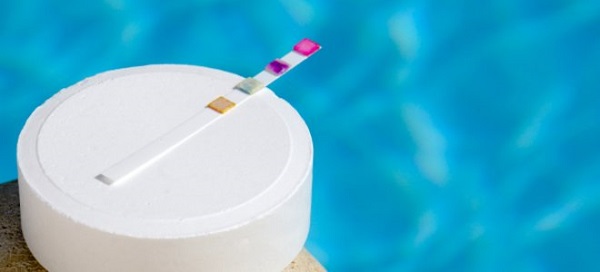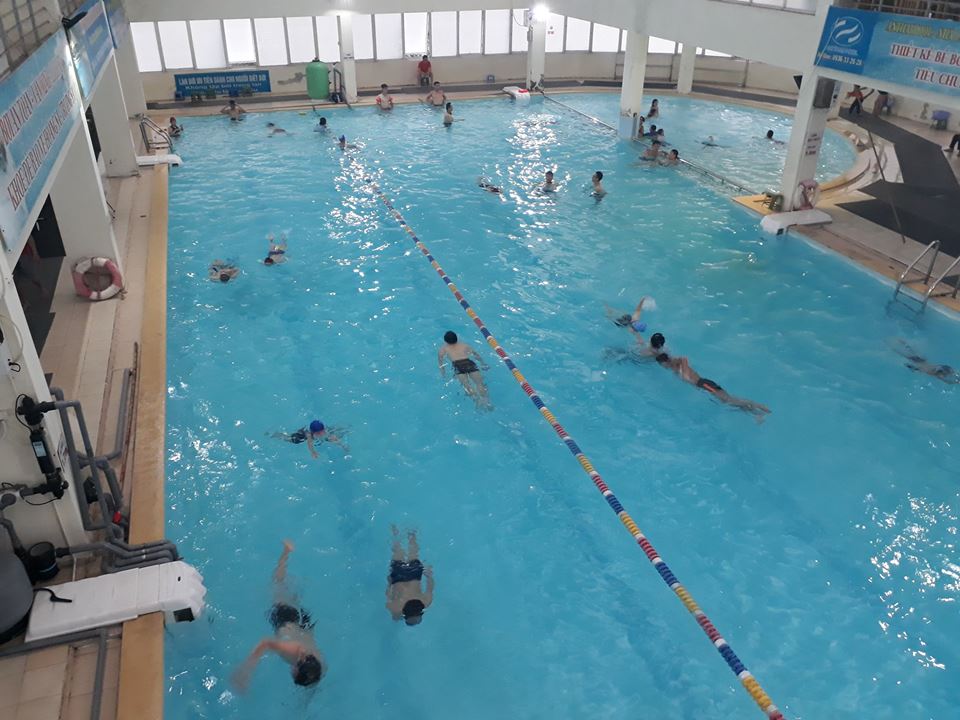



Currently in big cities, there are many public swimming pools formed to meet the swimming needs of the people. However, there are quality pools, others not. Therefore, today PT Pool tells you how to identify swimming pools that contain many toxins and are not safe when swimming.
Due to the increasing demand for swimming, the status of business swimming pools on summer days is operating at full capacity. Therefore, to kill bacteria and viruses present in water, investors often use chlorine chemicals … to eliminate bacteria and bring hygienic water. However, if the amount of chlorine in the pool exceeds the permitted standards of the Ministry of Health, it will affect the health of swimmers.
Therefore, you need to be very observant to know which pool is of good quality.
.jpg)
As analyzed above, to kill harmful bacteria and viruses, the pool needs enough chlorine to clean the water. And chlorine is used in two main forms: calcium hypochlorite (solid) and sodim hypochlorite (liquid). These two compounds work with water to produce hypochlorous acid – this acid will kill bacteria, pathogens in the water. Therefore, this component is indispensable in any pool.
However, this acid when exposed to ultraviolet rays from sunlight is very easy to decompose. And to prevent this, cyanuric acid is added to react with the free chlorine present in hypochlorous acid and create a more stable compound.
Finally, to maintain the pH of swimming pool water, alkaline chemicals are added: sodium carbonate (sodium bicarbonate).
In addition, in some swimming pools, to create a clear blue water color effect, people also add colorants but this substance is not harmful to human health.

According to the Langelier Saturation Index study, a swimming pool is standard if the average pH is between 7.2 – 7.8.
To go swimming safely, you need to pay close attention to the pool.
